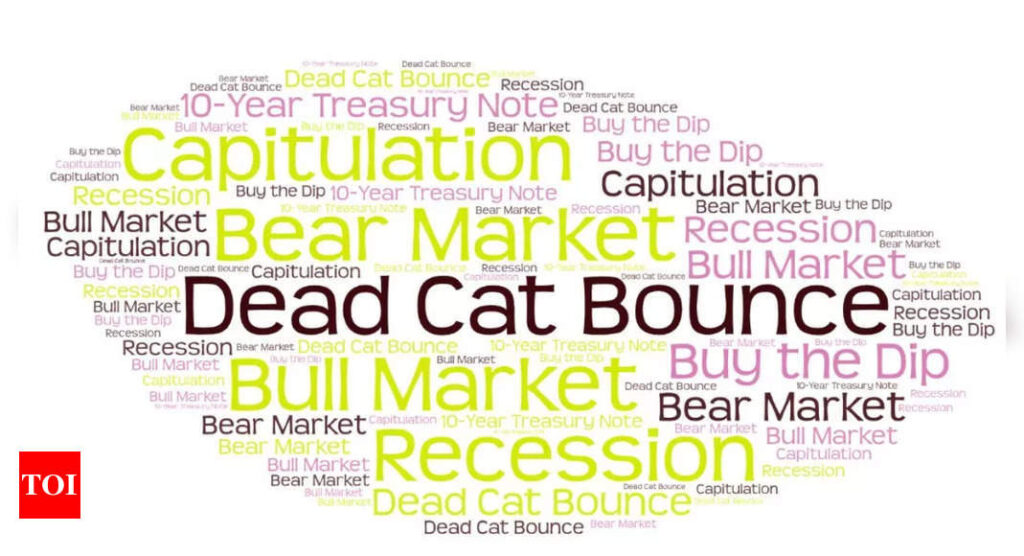
As US President Donald Trump’s trade war rolls on, the financial world is buzzing with complex-sounding terms that may confuse everyday readers. From bears and bulls to dead cats and dips, here’s a simple guide to what they mean—and why they matter right now.
Bear and bull market
When share indexes like the S&P 500 or Dow Jones drop by 20% or more from recent highs, it’s called a bear market. The name comes from the idea that bears hibernate, much like a market taking a long rest. On the flip side, a bull market describes a rise in stock prices—because bulls charge forward.
Dead cats bounce
Sometimes stocks might briefly jump after a sharp fall. That’s known as a dead cat bounce—a phrase based on the grim idea that even a dead cat will bounce if it falls from a great height. However, these recoveries are usually short-lived.
Capitulation
Capitulation is when investors finally give up, selling their stocks out of fear after watching prices plunge. It’s a move made out of panic, and although it might show that the market has hit its lowest point, people usually realise that only later.
Recession
A recession occurs when the economy shrinks and unemployment increases.
A recession in the US is officially declared by the National Bureau of Economic Research. They look at things like jobs, income, and factory output. They define a recession as a big drop in economic activity across the country that lasts for more than a few months.
The bureau often declares recessions long after they begin. For instance, just before the latest US tariffs took effect, Goldman Sachs analysts raised their recession odds from 35% to 65%, only to pull back after a 90-day pause was announced.
Buy the dip
“Buy the dip” is a phrase used by everyday investors. It means buying shares after prices fall, hoping to make a profit when they go back up. But it’s very hard to know when the market has really hit bottom—even experienced investors find it tough to get the timing right.
10-year treasury note
A 10-year treasury note is a bond that helps show what’s happening in the wider market. It’s the interest the US government pays to borrow money for ten years. When investors get worried, they buy these safer bonds, which lowers the yield. But if they start selling them—like they have recently—the yield goes up, which might mean even the safest parts of the market are losing investor confidence.














